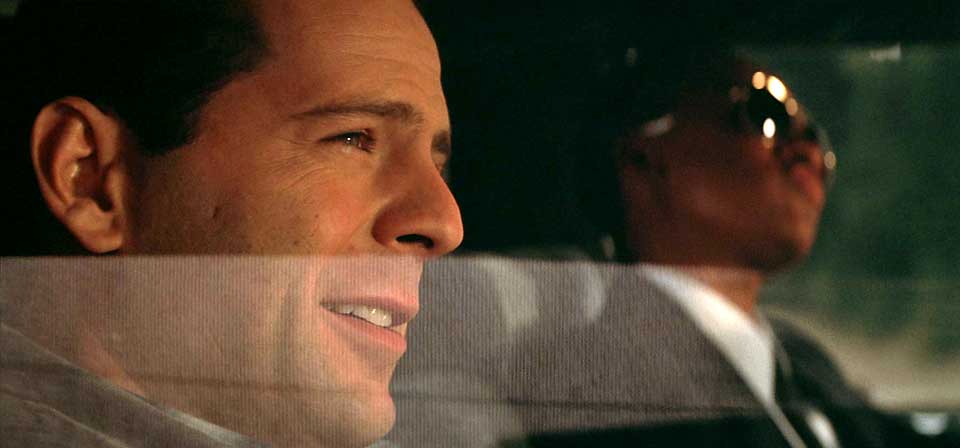The trouble with Christmas movies
“What are your favorite Christmas movies?”
As a Catholic film critic, I get this question several times every December, often on the air or via social media. The question, alas, touches on a sore subject for me.
It’s not that I don’t have anything to say. For starters, I’ve never seen a production of Dickens’ A Christmas Carol that I don’t like, from Alistair Sim to the Muppets. I enjoy A Christmas Tale and Home Alone. And, every single year, It’s a Wonderful Life reduces me to a blubbering mess.
But look at it this way. Sit down and watch Bing Crosby in White Christmas crooning the title song, among others. Watch The Polar Express and listen for “Silver Bells,” “Santa Claus is Comin’ to Town” and “It’s Beginning to Look a Lot Like Christmas.”
I enjoy those songs. But imagine a world without “Silent Night” or “O Come, All Ye Faithful,” without “What Child is This?” or “O Holy Night.” Unthinkable, isn’t it?
Yet when it comes to Christmas movies, that’s sort of what it’s like. There are great religious movies, and great Christmas movies, but not one great Christmas movie devoted to the birth of the Savior. In fact, until Catherine Hardwicke’s The Nativity Story, there wasn’t a single major big-screen feature film devoted to the birth of Jesus at all.
Though well-made and respectable, The Nativity Story, which premiered in November 2006 at Pope Paul VI Hall in Vatican City, is no classic. (I’m tempted to say that, if we’re comparing movies to carols, The Nativity Story is closer to being the “Mary, Did You Know?” of Christmas movies than the “O Holy Night.”)
Even during the Golden Age, when Hollywood was making religious films like The Ten Commandments and King of Kings, somehow no one got around to making the great American Christmas classic about the birth of Jesus.
Oh, there are Golden Age movies that touch on the Nativity story in one way or another, like Come to the Stable (1949), starring Loretta Young and Celeste Holm as a pair of French nuns trying to build a hospital in a New England town called Bethlehem.
The Bishop’s Wife (1947) somehow tells the story an Anglican clergyman (David Niven) who gives a Christmas sermon that is literally written by an angel from heaven (Cary Grant) while managing only the most Christmas-card references: a midnight clear, a child’s cry, a blazing star, wise men, the child in a manger.
At least The Bishop’s Wife includes some actual Christmas music: “Hark! The Herald Angels Sing” and “O Sing To God” (sung by the Robert Mitchell Boys Choir). Even It’s a Wonderful Life ends with a rousing chorus of “Hark! The Herald Angels Sing!” (before seguing into “Auld Lang Syne”).
Most versions of A Christmas Carol include some hymnody sung by the characters or on the soundtrack, from “Hark! The Herald Angels Sing” and “Silent Night” in the Sim version (1951) to “Good Christian Men, Rejoice!” and “I Saw Three Ships” in the George C. Scott version. Perhaps my favorite use of a hymn in any version of A Christmas Carol is Patrick Stewart’s redeemed Scrooge in the 1999 TV movie in church on Christmas morning, gamely trying to belt out the unfamiliar words to “God Rest Ye Merry, Gentlemen.”
Surprisingly, the most Christmas-y A Christmas Carol, with respect to actual Christmas carols, might be Robert Zemeckis’s 2009 motion-capture version starring Jim Carrey as Scrooge and all three Christmas spirits. Songs sung and played throughout the film include “O Come, All Ye Faithful,” “Good Christian Men, Rejoice” and “Joy to the World.” It’s almost enough to make me forgive Carrey and Zemeckis for their previous offenses against Christmas (respectively, How the Grinch Stole Christmas and The Polar Express).
Probably the most potent Christmas caroling in any movie I’ve seen is in Joyeux Noël (2005), a fact-based World War I film about the informal 1914 Christmas truces along the Western Front.
The film depicts enemy soldiers in trenches singing and playing carols within earshot of one another, leading to spontaneous musical collaborations across enemy lines. Before long an unofficial cease-fire is agreed to, and the soldiers meet in no-man’s-land, sharing chocolates, cigarettes and other luxuries. (A Christmas cease-fire had been proposed by Pope Benedict XV on December 7, but the warring governments rejected this proposal, leaving it to the soldiers to declare their own truce — a historical detail the film omits.)
Alas, the Nativity story doesn’t lend itself to the blockbuster style of moviemaking that is Hollywood’s bread and butter these days. (This year’s two unconventional Bible epics, Noah and Exodus: Gods and Kings, are better fits.) There isn’t much chance of the great unmade Christmas story classic coming along any time soon.
Related

Christmas Day is over … time to watch Christmas movies!
What can Catholics do to keep things Christmasy until mid-January? Among other things, I suggest keeping the tree and the lights lit until at least January 6, if not the following Sunday — and saving the Christmas movies till after Christmas day.
Recent
- Benoit Blanc goes to church: Mysteries and faith in Wake Up Dead Man
- Are there too many Jesus movies?
- Antidote to the digital revolution: Carlo Acutis: Roadmap to Reality
- “Not I, But God”: Interview with Carlo Acutis: Roadmap to Reality director Tim Moriarty
- Gunn’s Superman is silly and sincere, and that’s good. It could be smarter.
Home Video
Copyright © 2000– Steven D. Greydanus. All rights reserved.